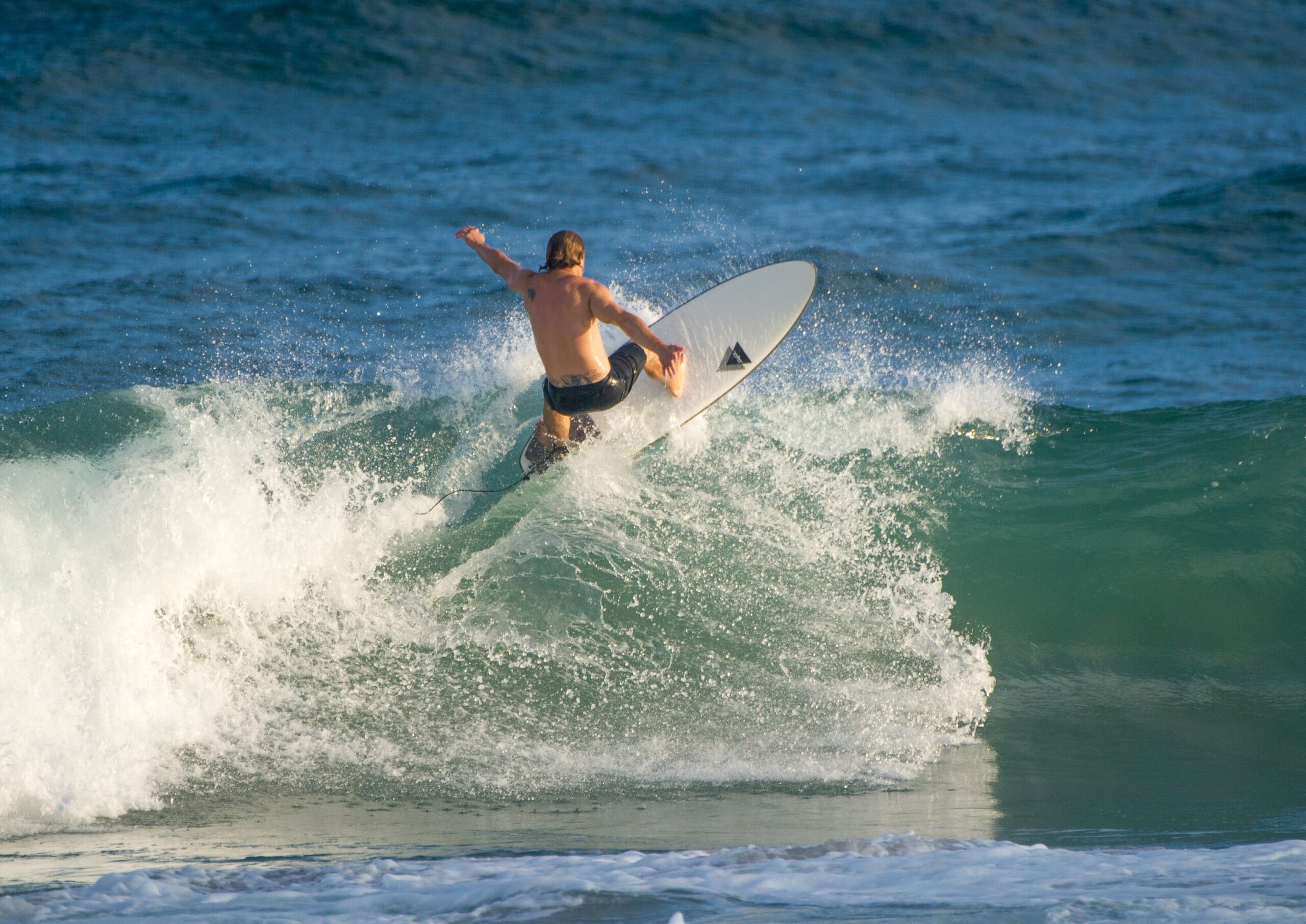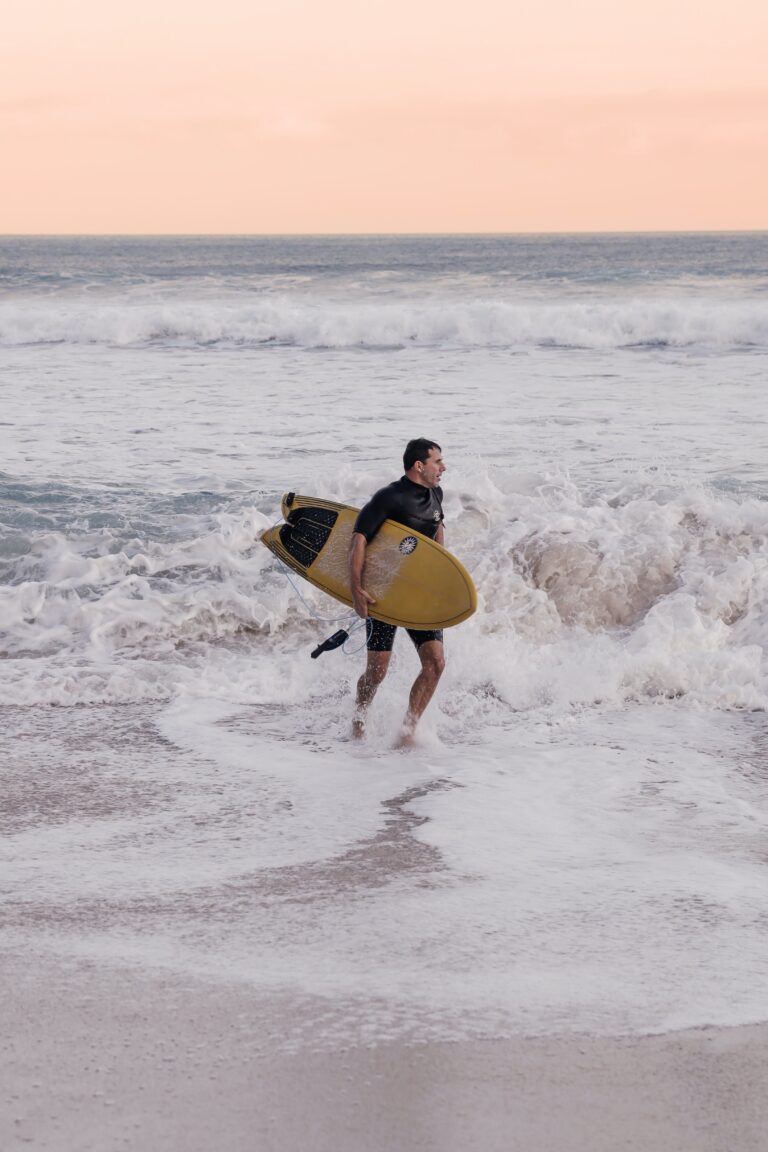Introduction
Nestled between the crashing waves and golden shores lies a profound connection between surfing and coastal agriculture—a relationship that transcends the thrill of the waves to the sustainability of our coastlines. In this exploration, we dive into the synergy between surfing culture and the imperative need for eco-friendly farming practices along our coastlines. As we ride the waves, we discover the crucial role sustainable agriculture plays in nurturing these vibrant coastal ecosystems.
Challenges Faced by Coastal Farming
Coastal farming confronts a myriad of challenges stemming from its unique geographical location. Erosion stands as a prominent threat, as rising sea levels and powerful waves erode precious farmland, diminishing its productivity. Additionally, saltwater intrusion, caused by rising sea levels and excessive groundwater extraction, leads to soil salinity, rendering vast stretches of land unsuitable for cultivation.
Environmental Impact of Traditional Farming Methods
Traditional coastal farming practices often exacerbate environmental degradation. Excessive use of chemical fertilizers and pesticides contaminates both soil and water, endangering delicate coastal ecosystems. Runoff from farms carrying these chemicals contributes to water pollution, harming marine life and compromising the overall ecological balance.
Furthermore, practices like clear-cutting mangrove forests for agricultural expansion disrupt vital habitats. Mangroves serve as natural buffers against erosion and provide sanctuaries for diverse flora and fauna. Their destruction intensifies the vulnerability of coastal areas to the impacts of climate change and extreme weather events.
Importance of Transitioning to Sustainable Farming Practices
Transitioning to sustainable farming practices is paramount for safeguarding coastal agriculture and preserving delicate ecosystems. Implementing agroecological techniques like crop rotation, using organic fertilizers, and adopting precision irrigation systems can mitigate soil salinity and reduce reliance on harmful chemicals. These methods enhance soil fertility, promoting long-term sustainability while curbing environmental degradation.
Additionally, adopting innovative farming approaches tailored to coastal regions, such as aquaponics or agroforestry, can diversify agricultural outputs while minimizing environmental impact. Moreover, restoring and conserving mangrove forests and other coastal habitats not only shields farmland from erosion but also fosters biodiversity, benefiting both ecosystems and local communities.
Embracing sustainable farming practices not only secures food production in coastal areas but also ensures the resilience of these fragile ecosystems in the face of climate change. Collaborative efforts among farmers, policymakers, and environmental organizations are crucial for fostering a harmonious balance between agricultural needs and environmental conservation in coastal regions.

Eco-Friendly Farming Methods for Coastal Regions
In coastal regions, sustainable farming techniques play a pivotal role in preserving delicate ecosystems while ensuring agricultural productivity. Implementing eco-friendly methods like agroforestry, intercropping, and permaculture offers a holistic approach to combat soil erosion, salinity issues, and foster biodiversity.
Agroforestry
Agroforestry integrates trees or shrubs into agricultural lands, fostering a harmonious ecosystem where crops and trees coexist. Coastal areas prone to erosion benefit greatly from agroforestry, as tree roots help stabilize soil, preventing erosion caused by winds or water. Additionally, these trees contribute to biodiversity, provide habitat for wildlife, and often yield valuable products like fruits, nuts, or timber.
Intercropping
Intercropping involves growing different crops together in the same area, maximizing land use and minimizing the risk of soil degradation. Along coastal regions, where soil salinity can be a challenge due to proximity to seawater, intercropping with salt-tolerant plants helps mitigate the effects of salinity. By diversifying plant species, intercropping enhances soil fertility, reduces pests and diseases, and optimizes water usage.
Permaculture
Permaculture emphasizes sustainable and self-sufficient agricultural systems that mimic natural ecosystems. In coastal farming, permaculture techniques such as building swales to manage water runoff or creating raised beds to counteract flooding can be highly effective. By designing agricultural spaces to work in harmony with nature, permaculture fosters resilient and biodiverse farms.
Successful Sustainable Farms in Coastal Areas
Examples of successful sustainable farming initiatives in coastal regions abound. For instance, the Chico Mendes Institute in Brazil has promoted agroforestry systems in the Amazonian coastal areas, effectively combating erosion and preserving biodiversity while ensuring livelihoods for local communities. Additionally, the Eden Project in the UK showcases innovative permaculture methods, demonstrating how coastal areas can sustainably produce food while conserving the environment.
Implementing these eco-friendly farming techniques in coastal regions not only addresses environmental challenges but also creates thriving agricultural systems that are resilient, productive, and respectful of the fragile coastal ecosystems.
Sustainable Coastal Agriculture: Preserving Ecosystems
Embracing eco-friendly farming practices along coastal areas plays a pivotal role in preserving delicate ecosystems. Sustainable agriculture methods, such as agroforestry and regenerative farming, focus on minimizing environmental impact. These practices work in harmony with nature, reducing soil erosion, preventing habitat destruction, and safeguarding biodiversity. By avoiding chemical fertilizers and pesticides, sustainable farming helps maintain the delicate balance of coastal ecosystems, ensuring the longevity of diverse marine life crucial for coastal areas.
Water Quality and Surfing Spots
The impact of sustainable coastal agriculture extends to the quality of water in surfing spots. Traditional farming methods often contribute to water pollution through chemical runoff, harming marine life and affecting water clarity. However, sustainable practices prioritize soil health and reduce chemical usage, resulting in cleaner runoff into coastal waters. This improvement in water quality not only benefits marine ecosystems but also enhances the surfing experience by providing cleaner, safer waves for surfers to enjoy.
Socioeconomic Advantages for Communities and Surfers
Communities reliant on coastal resources, including surfers drawn to these areas, reap socioeconomic benefits from sustainable farming initiatives. Sustainable agriculture creates local job opportunities, fosters community resilience, and promotes food security. Moreover, it establishes a symbiotic relationship between surfers and local communities by encouraging eco-tourism and supporting businesses focused on sustainable practices. Surfers, as stakeholders in coastal areas, actively engage in and support these initiatives, contributing to the preservation of their beloved surfing spots while fostering economic growth and social well-being within these communities.
By championing sustainable coastal agriculture, not only do we safeguard the natural environment and improve water quality, but we also uplift communities and enhance the surfing experience. Investing in eco-friendly farming practices is a collective step towards preserving the allure of coastal regions for both present and future generations.
Collaboration between Surfers, Coastal Communities, and Farmers
The symbiotic relationship between surfers, coastal communities, and farmers is integral to fostering sustainable practices and preserving the fragile ecosystems along our shores. Surfers, often deeply connected to the ocean, serve as advocates for environmental conservation. Their collaboration with coastal communities and farmers creates a nexus of shared responsibility and innovative solutions.
Sustainable Ecotourism and Education in Eco-Friendly Farming
Collaboration among these groups opens doors to sustainable ecotourism initiatives that educate visitors about eco-friendly farming practices. Coastal regions can offer immersive experiences, showcasing how responsible farming methods can coexist with and even benefit the surrounding marine environments. Interactive programs, farm tours, and workshops can enlighten tourists about the importance of soil health, water conservation, and biodiversity preservation.
Potential for a Sustainable and Resilient Future
This collaboration paves the way for a more sustainable and resilient future for coastal regions. By integrating eco-friendly farming practices, such as agroforestry or regenerative agriculture, with coastal conservation efforts, communities can mitigate erosion, reduce pollution, and enhance biodiversity. Moreover, such initiatives can bolster the local economy through ecotourism, providing livelihoods while safeguarding natural resources.
The synergy between surfers, coastal communities, and farmers isn’t merely about coexistence—it’s about leveraging collective knowledge and passion for the environment to build a harmonious and sustainable future. As these groups collaborate, sharing insights and best practices, they sow the seeds for a greener, healthier coastline that benefits both nature and the communities that call these regions home.
Video Credit: SARE Outreach
FAQs
Q. How do surfers contribute to sustainable coastal agriculture?
A. Surfers actively engage in promoting sustainable agriculture by supporting eco-friendly farming practices, advocating for responsible land use, and participating in community farming initiatives.
Q. Can sustainable farming coexist with surfing destinations?
A. Absolutely, sustainable farming enhances the natural beauty of surfing destinations, creating a harmonious balance that preserves the environment for both agricultural and recreational purposes.
Q. What crops are suitable for cultivation in salt-laden coastal areas?
A. Salinity-resistant crops like samphire, beach plum, and sea kale are well-suited for cultivation in coastal areas, thriving in the unique conditions near the shore.
Q. How does aquaponics contribute to sustainable coastal farming?
A. Aquaponics, a system combining aquaculture and hydroponics, fosters a closed-loop ecosystem where fish waste fertilizes plants, providing a sustainable and efficient farming method along the coast.
Q. Are there examples of successful surfer-led sustainable farming initiatives?
A. Yes, surfers turning to farming often initiate community-supported agriculture projects, establishing farms that prioritize sustainability, organic practices, and environmental stewardship.
Q. Can coastal agriculture enhance the resilience of local communities?
A. Absolutely, sustainable coastal agriculture not only ensures a steady supply of local produce but also fosters community resilience by promoting self-sufficiency and reducing environmental impact.
Conclusion
As the tides ebb and flow, so does the relationship between surfing and coastal agriculture, both integral parts of the intricate tapestry of our shorelines. Through the adoption of sustainable farming practices, we witness the rejuvenation of coastal ecosystems, safeguarding the very playgrounds surfers cherish. As we look ahead, a collaborative effort between surfers, coastal communities, and farmers promises a future where the waves dance upon shores nurtured by sustainable practices, fostering resilience and harmony for generations to come.
UP NEXT
Surfing and Traditional Fishing Practices: Balancing Recreation and Livelihoods



